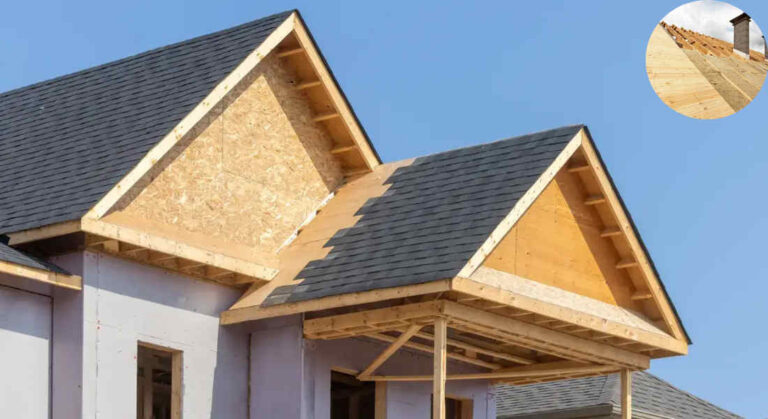Choosing the proper plywood for your house roofing is crucial for ensuring the durability and safety of your home. When it comes to answering the question, “What kind of plywood for a house roof,” it’s essential to consider various factors that can affect your roof’s performance. The proper use of plywood not only provides structural support but also plays a significant role in enhancing weather resistance and overall safety.
Plywood serves as an excellent foundation for roofing materials, making it a key player in your home’s structure.
Using the proper type of plywood can drastically affect the longevity of your roofing system. Factors such as moisture resistance, strength, and cost-effectiveness are crucial in ensuring that your roof withstands the test of time and various weather conditions. Let’s dive deeper into the world of plywood and explore the best types available for your roofing project.
Understanding Plywood and Its Role in Roofing
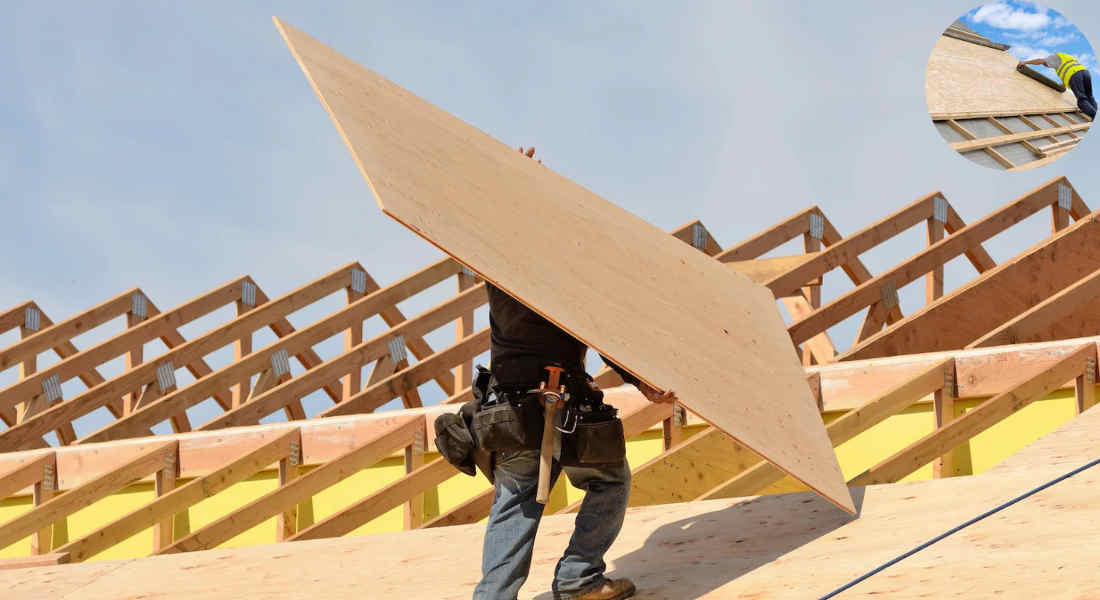
Plywood is a versatile material made by gluing together thin layers, or veneers, of wood. This construction method enhances its strength and stability, making it an ideal choice for roofing sheathing. Let’s explore why plywood is so crucial for roofing.
What is Plywood?
Plywood consists of multiple layers of wood veneer bonded together with adhesive. The grain of each layer runs in different directions, which adds to its strength. This layered construction minimizes the risk of warping and cracking, making plywood a reliable material for roofing.
Importance of Plywood as Roof Sheathing
Plywood serves as the backbone of your roofing system. It provides:
- Structural Support: It bears the weight of roofing materials and any additional loads from snow or wind.
- Base for Roofing Materials: Plywood acts as a base for shingles, tiles, or metal roofing.
Key Qualities Required for Roofing Plywood
When selecting plywood for roofing, consider the following qualities:
- Strength: It must support the weight of roofing materials and withstand environmental pressures.
- Moisture Resistance: Essential for preventing rot and mold.
- Durability: Needs to endure harsh weather conditions over time.
- Cost-Effectiveness: Balancing quality with budget constraints is critical.
Plywood vs. Other Sheathing Materials
Plywood is often compared to OSB (Oriented Strand Board). Plywood is generally more durable and moisture-resistant, while OSB tends to be more cost-effective. Understanding these differences can help you make a more informed decision tailored to your specific needs.
Plywood Grading
Plywood is graded based on its appearance and structural integrity. For roofing, the CDX grading system is commonly used, where:
- C grade refers to the front face with minor defects.
- D grade indicates the back face.
- X denotes exterior glue, suitable for exposure to moisture.
What Kind of Plywood for the House Roof? Key Factors to Consider
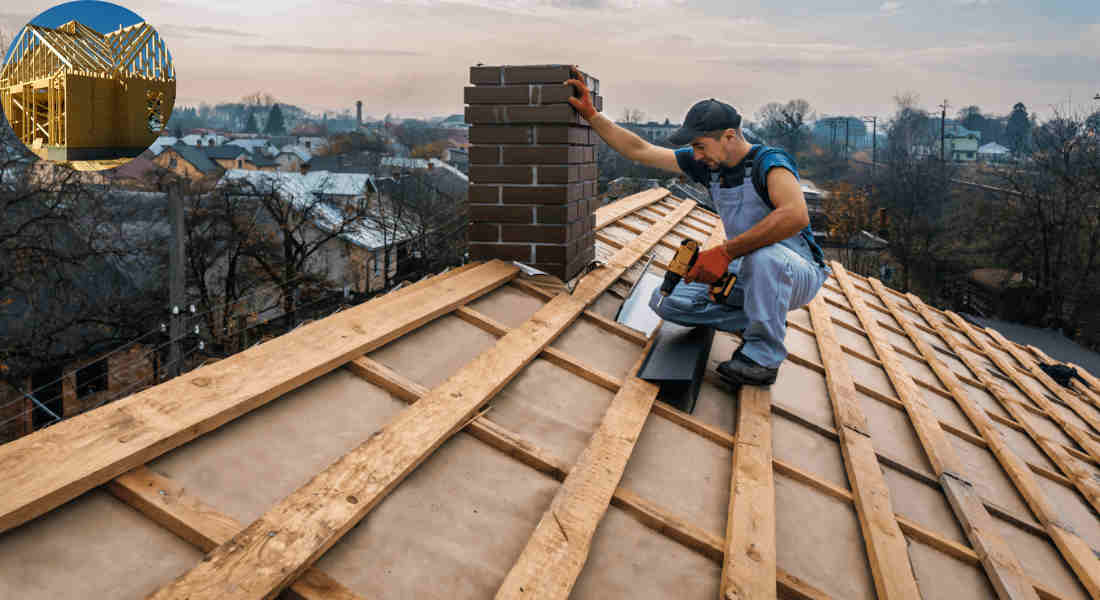
When determining the type of plywood for a house roof, several key factors should be considered to ensure optimal performance.
Load-Bearing Capacity
The load-bearing capacity of plywood is crucial as it must support roofing materials and withstand weather loads such as snow and wind. A robust plywood choice ensures that your roof remains intact even during harsh conditions.
You may also read (the impact of metal roof color on your homes aesthetics).
Moisture Resistance
Moisture resistance is crucial in preventing rot, mold, and potential structural damage. Select plywood with high moisture resistance to extend the lifespan of your roof.
Durability and Longevity
Plywood should be durable enough to withstand harsh weather conditions and temperature fluctuations. Investing in high-quality plywood can save costs in the long run by reducing the need for repairs and maintenance.
Cost and Availability
While it’s essential to find quality plywood, it’s equally important to consider your budget. Compare prices and availability to find a plywood type that fits your needs without breaking the bank.
Thickness Considerations
Plywood thickness can impact its performance. Generally, ½-inch to ¾-inch plywood is recommended for roofing, depending on your roof pitch and expected loads. Thicker plywood offers better strength and durability.
Installation Tips
Proper installation is crucial for the optimal performance of plywood. Consider spacing, fastening techniques, and sealing methods to enhance the reliability of your roof.
The 5 Best Plywood Types for House Roofing
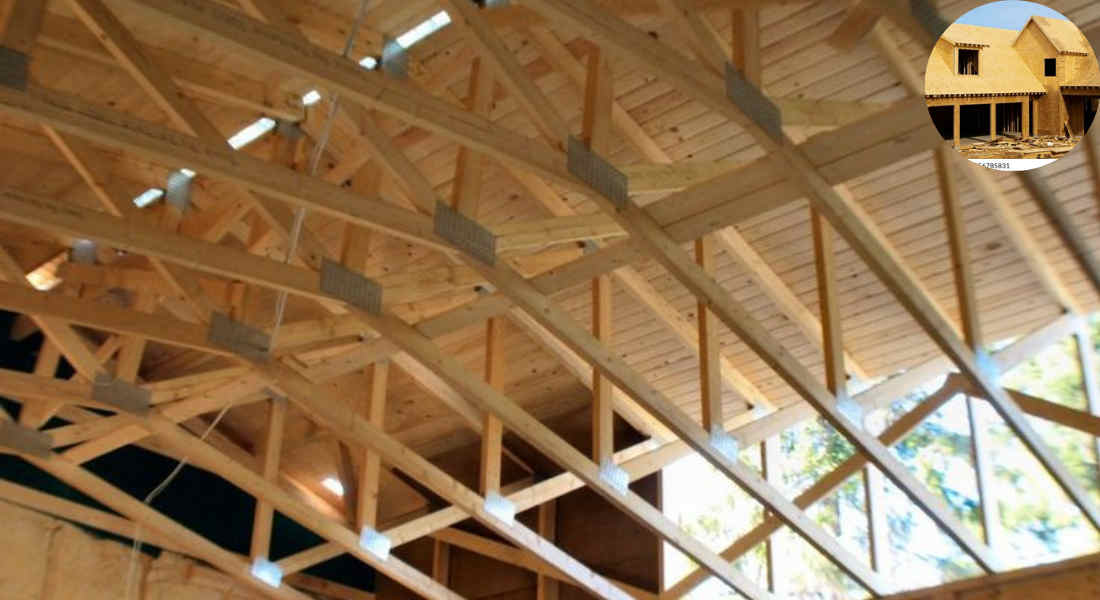
Now, let’s explore the 5 best plywood types for house roofing. Each type comes with its own set of features, benefits, and drawbacks.
CDX Plywood
CDX Plywood is one of the most commonly used types for roofing. Here’s why:
- Grading Explained: CDX stands for C-grade front, D-grade back, and X signifies exterior glue, making it suitable for exposure to moisture.
- Benefits:
- Affordable: CDX is budget-friendly and widely available.
- Good Moisture Resistance: It can handle various weather conditions.
- Strength: Provides adequate support for most roofing applications.
- Drawbacks:
- Surface Imperfections: These may not have the highest aesthetic quality.
- Typical Applications: Ideal for residential roofs where budget constraints are a concern.
- Thickness Recommendations: Usually available in ½” or ¾” thickness, depending on the application.
- Conclusion: CDX is often the go-to choice for roofing projects due to its balance of cost and performance.
ZIP System Sheathing
ZIP System Sheathing is an innovative plywood option that incorporates advanced technology.
- Description: This engineered plywood comes with an integrated weather-resistant barrier.
- Benefits:
- Built-in Protection: Acts as both sheathing and a water/air barrier, reducing the need for additional house wrap.
- Quick Installation: Speeds up the construction process.
- Ideal Use: Particularly beneficial in climates with heavy rain or snow.
- Cost Considerations: Generally more expensive than standard plywood, but the added benefits can justify the price.
Fire Retardant Treated (FRT) Plywood
FRT Plywood is specially designed to enhance fire safety.
You may also read (how can i secure my house garden sleepers effectively).
- Definition: This type of plywood is chemically treated to improve its fire resistance.
- Benefits:
- Safety: Offers added protection in fire-prone areas and meets building codes for fire safety.
- Suitability: Ideal for roofing in areas with wildfire risk or urban settings.
- Cost and Availability: Generally more expensive than untreated plywood due to its special treatment.
- Performance Comparison: FRT plywood outperforms untreated plywood in terms of fire safety, making it a worthwhile investment for specific locations.
Tongue and Groove (T&G) Plywood
Tongue and Groove Plywood is distinguished by its interlocking edges.
- Features: The interlocking design provides a tight fit for enhanced stability.
- Benefits:
- Reduces Gaps: Offers improved strength and better weather resistance.
- Smooth Surface: Ideal for roofs that require a continuous surface.
- Cost: Higher manufacturing costs can make T&G plywood more expensive.
- Typical Use Cases: Often used in applications where structural stability is a priority.
- Installation Tips: Ensure proper alignment during installation to maximize its benefits.
Marine Plywood
Marine Plywood is explicitly designed for extreme exposure to moisture.
- Characteristics: Made with high-quality veneers and waterproof glue.
- Benefits:
- Superior Moisture Resistance: Ideal for coastal or very wet climates.
- Durability: Known for its longevity and performance under extreme conditions.
- Price Point: It comes at a higher price, but its performance justifies the cost.
- When to Choose Marine Plywood: Opt for marine plywood when building in areas prone to high moisture levels.
Comparison Table of the 5 Plywood Types for Roofing
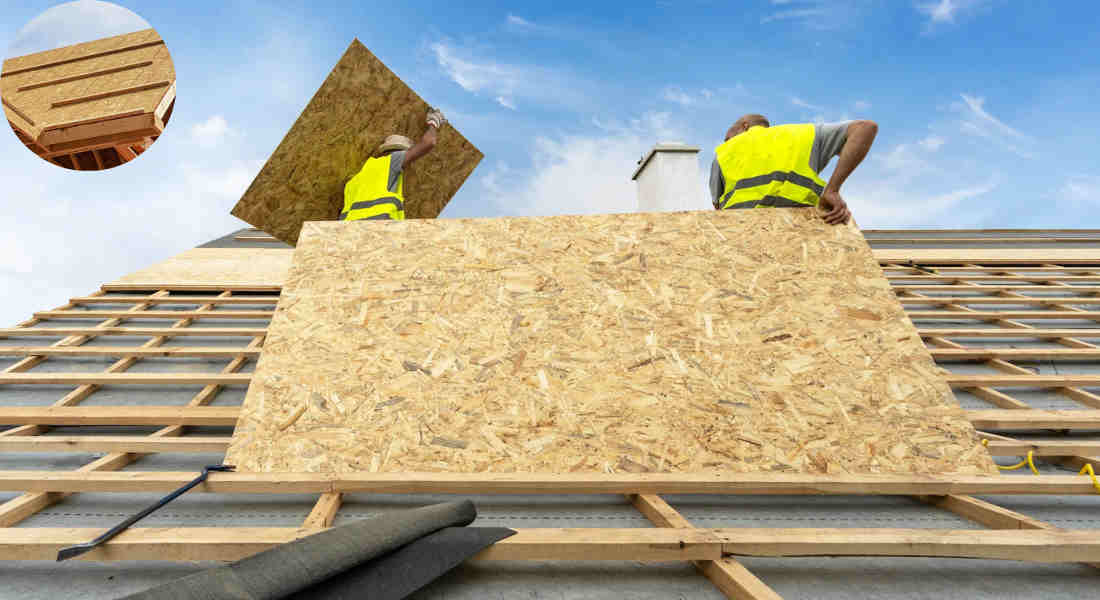
Here’s a quick overview of the 5 best plywood types for roofing, comparing their key characteristics:
| Plywood Type | Moisture Resistance | Strength | Cost | Best Use Case | Special Features |
|---|---|---|---|---|---|
| CDX Plywood | Moderate | High | Affordable | General residential roofing | Exterior glue, widely available |
| ZIP System Sheathing | High | High | Moderate | Weather barrier integrated | Built-in water/air barrier |
| FRT Plywood | Moderate | High | Moderate | Fire-prone areas | Fire retardant treatment |
| Tongue and Groove | Moderate-High | High | Higher | Enhanced stability needed | Interlocking edges |
| Marine Plywood | Very High | Very High | Expensive | Coastal/wet climates | Waterproof glue, premium veneers |
How to Choose the Right Plywood for Your House Roof
Selecting the proper plywood for your roof involves several considerations. Here are key points to keep in mind:
Assess Local Climate and Weather Conditions
Understanding your local climate is crucial. If you live in a region prone to heavy rainfall or snow, prioritize moisture-resistant options.
Consider Building Codes and Fire Safety Requirements
Check local building codes to ensure your plywood choice complies with safety requirements. This is especially important in areas prone to fires.
You may also read (diy guide metal roof for your homes covered patio).

